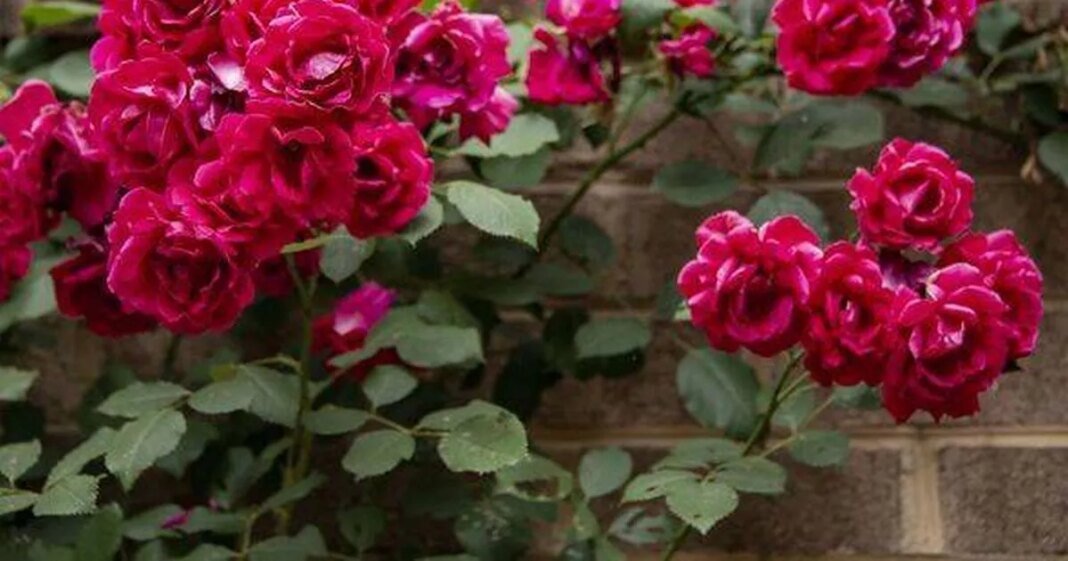Roses are a delightful addition to any garden due to their vibrant colors and rich fragrance. However, gardeners are advised to be vigilant for signs of potential decline as spring approaches.
Known for their adaptability, roses thrive in the cool, moist climate of the UK and can endure for many years if properly cared for, making them a valuable asset to your home. Nevertheless, it is important to note that roses are susceptible to various diseases, with one of the most common being black spot, a fungal infection that results in unsightly black spots on the leaves, causing them to yellow and drop off.
If left untreated, black spot can cause significant harm to the plant’s structure, particularly if it recurs annually. The loss of leaves diminishes the plant’s ability to produce food through photosynthesis, weakening the bush and reducing rose production. Moreover, the fungus can infect young canes, leading to decreased flower buds and increased plant stress.
Black spot thrives in cool, damp conditions and is most likely to affect roses during their early growth stages, often developing during the UK winter. Early detection is key to preventing the disease from spreading. Recognizable signs of a black spot infection include rounded black spots on the upper sides of leaves, which may also appear on the undersides, gradually enlarging and moving upward from lower leaves.
Additionally, concerning symptoms include spots with irregular or feathery edges, often surrounded by yellow rings, with younger canes possibly displaying purple spots instead of black ones. To prevent the disease, experts recommend planting roses in a sunny location with well-draining soil, ensuring adequate air circulation between plants, and avoiding wetting the leaves excessively.
Pruning infected leaves is crucial in halting the spread of the spores, as they can infect nearby leaves within 10 days of symptoms appearing. Properly dispose of the removed leaves and sanitize pruning shears between cuts using a 10% bleach or alcohol solution.

